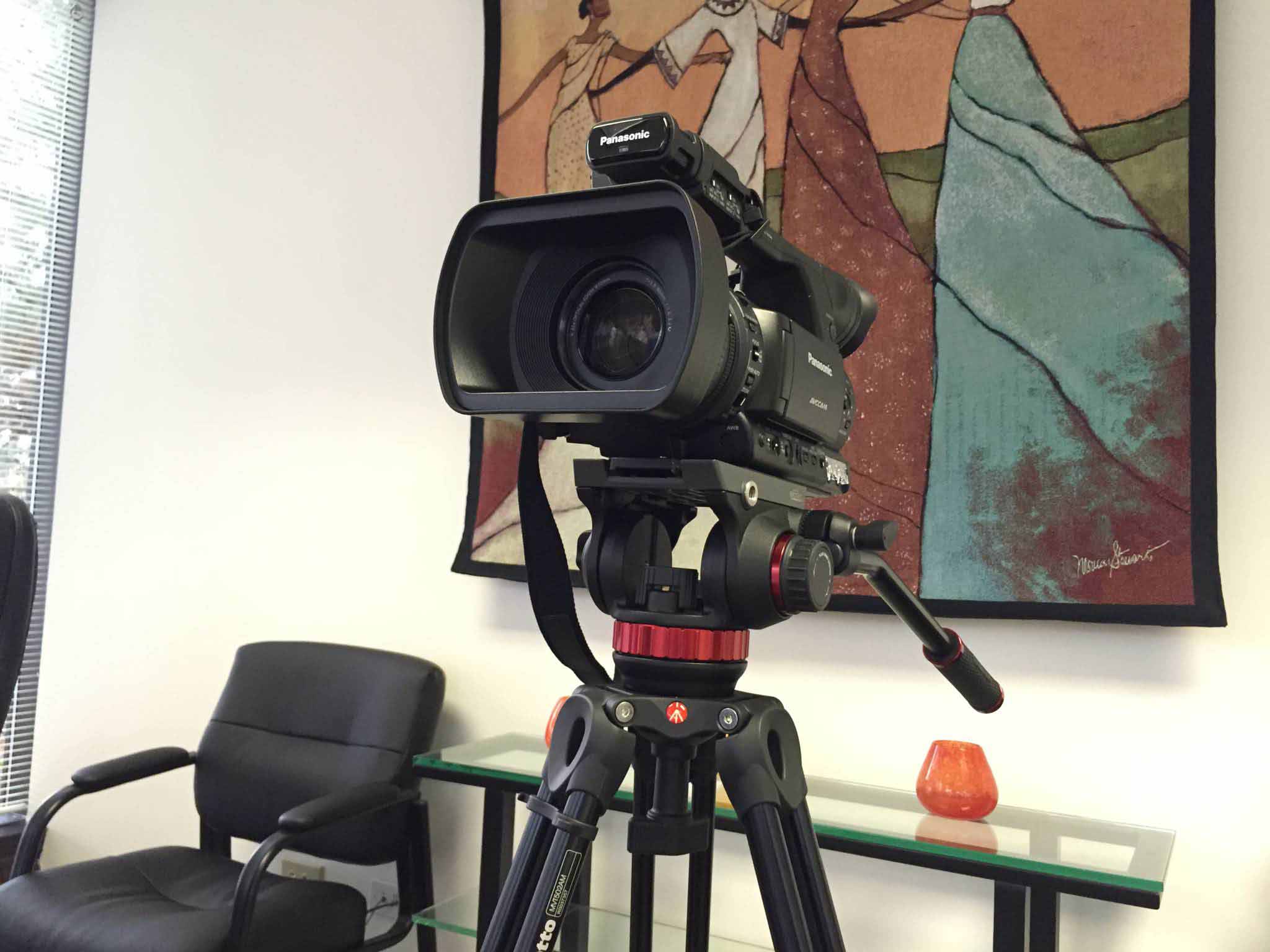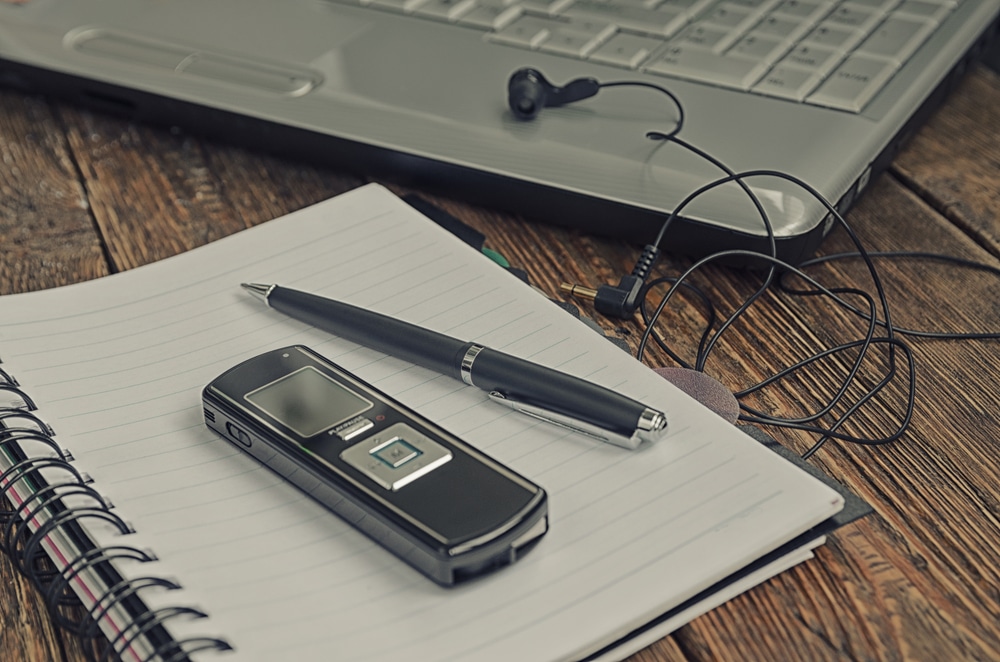Understanding Exactly How Court Reporting Works: A Secret Part in the Justice System
Court reporting plays a necessary role in the lawful system. It guarantees that all court proceedings are documented properly. Stenotype reporter utilize customized equipment and methods to develop verbatim transcripts. These records offer numerous objectives, consisting of charms and lawful quality. Comprehending the details of court reporting exposes its value in preserving the stability of justice. What challenges do stenotype reporter deal with in this developing area?
The Duty of Court Reporters in the Legal System
Stenotype reporter play a crucial duty in the lawful system, making sure exact and trusted documentation of court proceedings. They are liable for recording every spoken word during tests, hearings, and depositions, producing a verbatim transcript that works as a long-term document. This documentation is crucial for appeals, supplying a foundation for higher courts to review cases.In enhancement to recording talked language, stenotype reporter likewise assist in interaction in between lawyers, courts, and other parties associated with legal issues. Their work advertises transparency and accountability within the judicial process.Utilizing specialized devices and software, stenotype reporter should remain focused and attentive, frequently functioning under stress to satisfy tight deadlines. Their transcripts are not just important for lawful reference yet also for protecting the integrity of judicial process. Eventually, stenotype reporter contribute greatly to the fair management of justice, making sure that all voices are listened to and videotaped precisely.
Important Abilities Needed for Court Coverage
Court reporting demands an one-of-a-kind set of skills that are important for precision and performance. Mastery of stenography strategies, strong listening and comprehension capacities, and precise attention to detail are critical for success in this field. These skills allow court press reporters to create trustworthy records that act as crucial records in the lawful system.
Mastery of Stenography Techniques
While grasping stenography strategies is vital for aspiring court press reporters, it requires dedication and practice to develop the necessary skills. Stenography involves making use of a specialized keyboard to record talked words in real time, making precision and rate essential. Court reporters need to learn to use shorthand symbols and develop muscular tissue memory to guarantee efficient transcription. Regular experiment dictation workouts helps in enhancing keying rate, while knowledge with legal terminology enhances comprehension throughout proceedings. Furthermore, understanding the phonetic structure of the English language is significant, as it aids in properly capturing dialogue. Inevitably, proficiency in stenography not only assists in reliable interaction within the courtroom but likewise maintains the honesty of the legal procedure.
Strong Listening and Understanding
Effective court reporting joints not only on stenography abilities however likewise on strong listening and understanding capabilities. Court reporters have to actively pay attention to statements, lawful debates, and discussions, ensuring they realize the subtleties of talked language. This ability helps with accurate transcription of intricate lawful process, where every word issues. Comprehension extends past surface-level understanding; press reporters should interpret context, tone, and intent to capture the essence of conversations precisely. Furthermore, they often run into specialized terms and jargon, requiring quick adaptation and retention of info. The ability to synthesize what is heard while concurrently transcribing is important, as it ensures the honesty of the authorities record. Solid listening and comprehension are important in delivering specific and reputable court records.
Focus to Information
Focus to information is an essential skill for stenotype reporter, complementing their listening and understanding capabilities. This accuracy assures that every spoken word, inflection, and nuance is recorded accurately in transcripts. Court reporters must meticulously note lawful terms, names, and complicated discussion to give reputable documents for legal proceedings. A small oversight can cause considerable repercussions, possibly impacting instance results (durham reporting). Additionally, stenotype reporter frequently function under stress, needing them to preserve focus and accuracy in hectic atmospheres. Their attention to detail not only enhances the integrity of the judicial process but likewise cultivates count on amongst lawyers. Ultimately, this ability is important for creating records that act as conclusive records in litigation, guaranteeing justice is promoted
The Technology Behind Court Coverage
As court coverage develops, the technology made use of by specialists in the area has ended up being significantly advanced. Traditional shorthand writing has mainly been supplemented by sophisticated electronic tools that boost rate and accuracy. Stenographic makers, equipped with specialized software, allow stenotype reporter to record talked words in real-time, equating them right into text instantly. This modern technology not just speeds up the transcription process yet likewise minimizes the potential for errors.Moreover, voice recognition software application is becoming a valuable possession, enabling automatic transcription from audio recordings. This technology provides an option for developing transcripts when a human press reporter may not be readily available. In addition, cloud-based storage space solutions help with easy gain access to and sharing of transcripts among lawyers, making sure that essential details is conveniently available. As these innovations proceed to advance, they play a crucial function in maintaining the stability and efficiency of the justice system, ultimately sustaining the necessary work of stenotype reporter.
The Process of Transcribing Lawful Procedures
The process of recording legal procedures needs a blend of skill and modern technology to establish precision and efficiency. Stenotype reporter make use of customized devices, such as stenographic devices, to record talked words in real-time. This technology makes it possible for the reporter to convert discussion into text, ensuring that every declaration made during a test or hearing is documented.Once the session concludes, the preliminary records go through editing and enhancing for clarity and coherence. Reporters might additionally integrate audio recordings to cross-reference and validate the accuracy of their transcriptions. This meticulous procedure assurances that the last file shows an accurate account of the proceedings.Additionally, court press reporters should keep an extensive understanding of legal terms and courtroom procedures to effectively convert talked language into written type. Their experience not only help in creating trustworthy documents yet likewise sustains the legal system by providing essential documents for allures and future referrals.
Guaranteeing Precision and Honesty in Court Records
Ensuring accuracy and integrity in court documents is vital for the judicial process. Court reporters play an essential function in recording proceedings accurately, while developments in modern technology enhance their capacity to preserve high requirements. In addition, supporting privacy standards is important to safeguard sensitive details within legal files.
Role of Court Reporters
Court reporters play an important function in the judicial system by recording exact and verbatim accounts of legal proceedings. Their primary obligation is to guarantee that every talked word is documented exactly, offering a dependable document that can be referenced in appeals and future cases. By utilizing specialized devices and methods, stenotype reporter preserve the integrity of the court document, helping with transparency and responsibility in the lawful procedure. They also aid courts, here are the findings lawyers, and various other lawyers by offering transcripts that are crucial for understanding case details and legal debates - durham reporting. The accuracy of a court reporter's work straight influences the end results of instances, emphasizing their considerable payment to the pursuit of justice and the rule of regulation
Technology in Reporting
Advancements in innovation have actually substantially changed the area of court reporting, enhancing the precision and integrity of court records. Modern court press reporters make use of innovative tools such as stenographic machines and electronic audio recording devices, assuring accurate transcription of spoken words. These tools enable real-time transcription, which gives immediate access to court procedures and helps with prompt decision-making. Furthermore, software program programs furnished with sophisticated formulas help in determining and correcting errors, better strengthening the dependability of recorded data. The assimilation of cloud storage options assures that documents are securely archived and easily retrievable, reducing the threat of loss or damages. On the whole, these technical technologies play an important function in maintaining the quality and dependability of court paperwork in the justice system.
Maintaining Confidentiality Requirements
A critical facet of court coverage is keeping confidentiality standards, which are necessary for ensuring the precision and stability of court records. Stenotype reporter are entrusted with delicate information, calling for strict adherence to ethical guidelines and lawful stipulations. This privacy safeguards not only the privacy of the included events but additionally the reputation of the judicial procedure. Reporters utilize safe approaches for managing and saving transcripts, frequently utilizing security and restricted access protocols. In addition, they should navigate the intricacies of different legal structures that regulate discretion in various jurisdictions. By supporting these criteria, court reporters contribute considerably to the dependability of court documents, fostering count on the justice system and making sure that legal proceedings can be carried out with the utmost professionalism and reliability and regard for personal privacy.
Different Kinds Of Court Coverage Solutions
While the legal landscape remains to progress, the read selection of court coverage solutions available has broadened significantly to satisfy varied requirements. Standard court coverage continues to be necessary for recording verbatim records throughout trials and depositions. Nevertheless, added services have arised, consisting of real-time reporting, which supplies immediate accessibility to transcriptions as they are generated, beneficial for lawyers and judges.Video court coverage has also acquired appeal, enabling aesthetic documentation of witness statements, improving the record with non-verbal hints. Additionally, remote court reporting has come to be increasingly relevant, providing virtual deposition services to accommodate geographical constraints.Lastly, some court reporters specialize in captioning services for the hearing impaired, making sure access in legal procedures. This varied series of court coverage services enables legal experts to select the most suitable alternative for their specific scenarios, eventually boosting the efficiency and effectiveness of the justice system.

The Future of Court Coverage in a Digital Age

As technology proceeds to reshape the legal area, the future of court coverage is positioned for significant change. The integration of innovative devices such as expert system and real-time transcription software application is becoming increasingly widespread. These advancements assure to enhance the coverage process, enabling faster and more exact documentation of legal proceedings.Moreover, the shift towards remote hearings demanded by international events has actually sped up the adoption of digital systems, making it possible for court reporters to function properly from different places. This alteration additionally questions about the conservation of traditional abilities, as the emphasis on innovation can overshadow the nuanced art of shorthand reporting.Nonetheless, human stenotype reporter stay indispensable, giving context, emotion, and know-how that makers can not reproduce. As the legal landscape progresses, a crossbreed version that incorporates technology with human understanding might define the future of court coverage, guaranteeing its significance in an electronic age.
Frequently Asked Concerns

What Certifications Do Court Reporters Need to Function in the Area?
Stenotype reporter commonly need a high institution diploma, specialized training in court go reporting, and accreditation from pertinent specialist organizations. Effectiveness in shorthand or voice writing and strong language skills are crucial for success in this area.
For how long Does It Take to Become a Qualified Stenotype Reporter?
Ending up being a qualified court reporter typically needs two to four years of education, consisting of specialized training and technique. The duration varies based on specific progression, the picked program, and the certification process, influencing total conclusion time.
Can Court Reporters Job Remotely or In-Person?
Court reporters can function both from another location and in-person, depending upon the demands of a situation. Advancements in technology have made it possible for lots of to offer services by means of video conferencing, enabling versatility in their job settings.
What Is the Average Income for a Court Reporter?
The average wage for a stenotype reporter varies by location and experience, typically varying from $50,000 to $80,000 every year. Variables such as specialization and need can substantially affect private revenues within the profession.
Exactly How Do Court Press Reporters Take Care Of Legal Jargon Throughout Proceedings?
